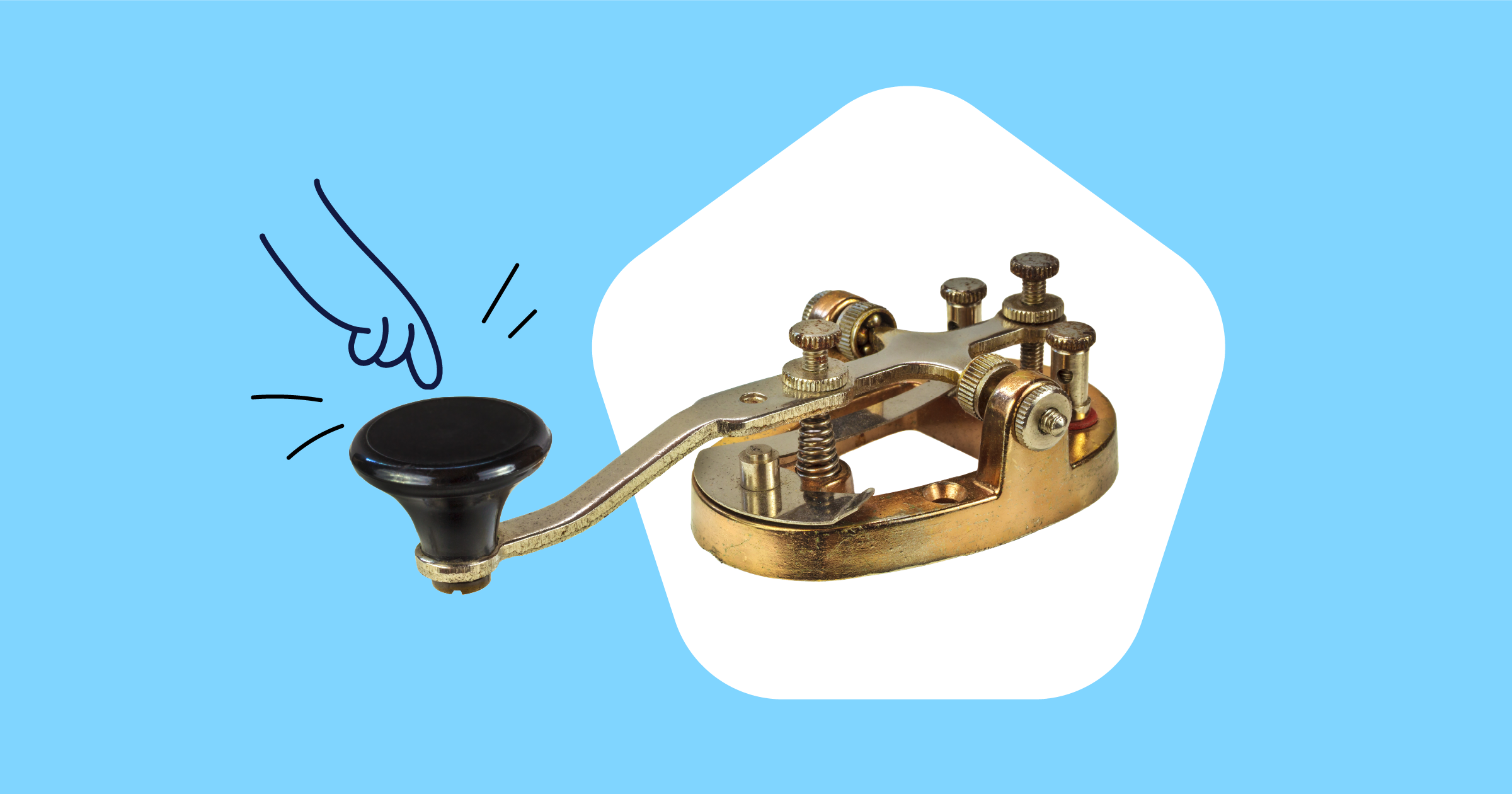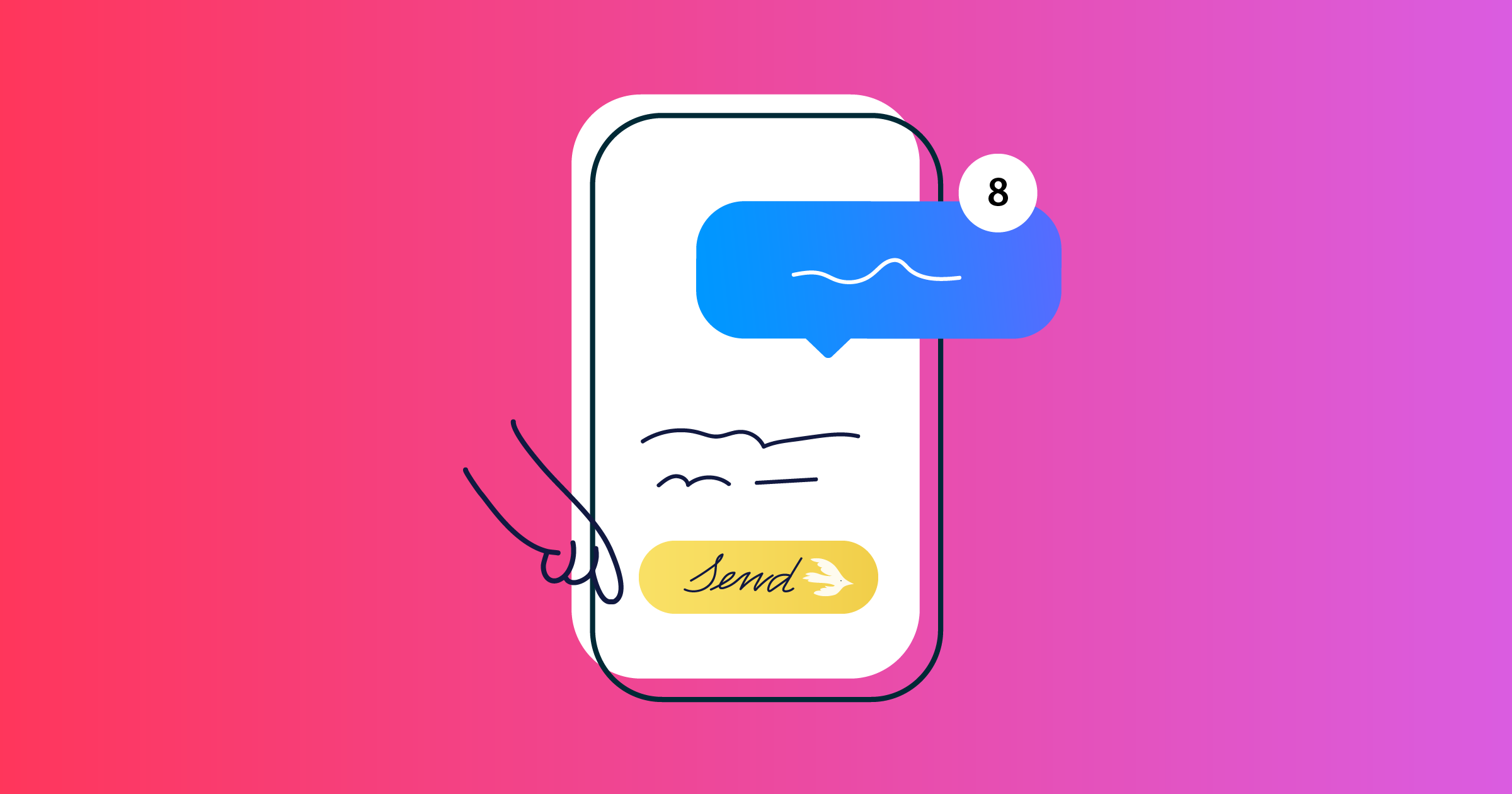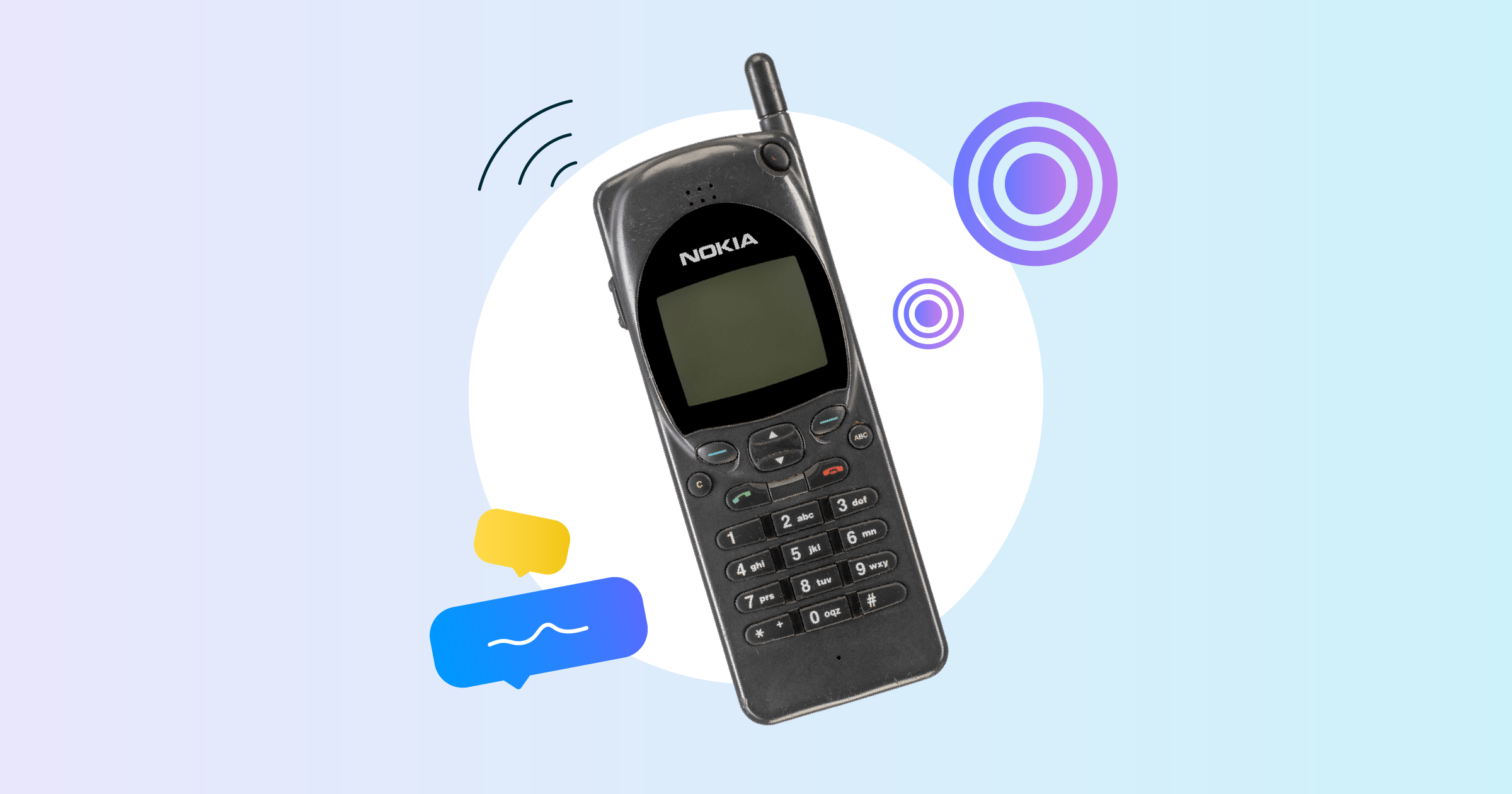When Was Texting Invented: A Brief History
Published: Feb 24, 2023

It’s hard to imagine a world without SMS (Short Message Service), but when was texting invented? Considering how different and primitive modes of communication were in the olden days, it’s safe to say messaging has come a long way. It has allowed us to communicate more directly and efficiently with each other.
Even the mobile phones we use have gone through a major evolution. We went from having to type our messages on 10-digit keypads to enjoying the convenience of keyboards with predictive texting. The invention of texting is paved with impressive milestones, and it’s interesting to see how it all started.
The Early History of Texting
The history of texting dates all the way back to the early 19th century. In the year 1837, Samuel Morse, along with other inventors, created the electric telegraph. It became the first device that could electronically transmit text-based messages from one place to another.
When Morse sent the first telegram, it only traveled for two miles. By 1844, the first long-distance telegraph system that Morse built spanned a total of 44 miles. The first message that went out through this system was “What hath God wrought?” referring to how miraculous the technological progress was.

It didn’t take long before the invention of radiotelegraphy followed, making radio communication possible. In 1895, Guglielmo Marconi came up with the first radio transmitters and became a pioneer in the development of radio telephony. A little over a decade later, telegrams with a rate of nearly 200 words per minute traveled between transoceanic stations.
In an effort to move past the limitations of telegraphs, the German Reichspost introduced the Telex service in 1933. This technology involved a public network of teleprinters, not very different from the telephone networks we have today. Fast forward to 1971, when the University of Hawaii sent UHF (ultra-high frequency) radio waves that carried text data through ALOHAnet. It was this technology that paved the way for modern wireless networks.
Get Started Now
Reach your clients now and claim your 30-day free trial. No credit card required.
When Was SMS Invented?
The roots of texting set the stage for what followed, which leads to the question, “When was text messaging invented?"—or, to be exact, “When was SMS invented?” The concept of SMS came to light thanks to a cooperation between Friedhelm Hillebrand and Bernard Ghillebaert in 1984.
To fit the signaling formats of the time, the first SMS texts had a limit of 160 7-bit characters. Hillebrand claimed that although 160 characters might seem too little, they’re more than enough for most messages. He reached this conclusion by sitting at his typewriter and typing random sentences while counting each letter, number, space, and punctuation. Almost every sentence ended up being under 160 characters.

Who Invented SMS Texting?
While Hillebrand and Ghillebaert are known to have come up with the concept of SMS, the invention of SMS is often associated with a Finnish engineer by the name of Matti Makkonen. This is mainly due to his contributions to Nokia. Commonly referred to as the “Father of SMS," Makkonen doesn’t take credit for the invention as there were many other engineers involved.
When Was the First Text Message Sent?
The first SMS ever sent has a major link to the Vodafone text message history. In 1992, 22-year-old engineer Neil Papworth sent the first text message to Richard Jarvis’ cell phone. Jarvis was attending a Christmas event at the Vodafone headquarters in Newbury, England. Back then, cell phones didn’t feature keyboards, so Papworth had to send the text via a PC.
The message simply said, “Merry Christmas."
Just a year later, Brennan Hayden transmitted the first commercial text message, which read "Burp." Funny enough, the message had nothing to do with the act of burping but rather signaled the “birth” of a new form of communication in the rich history of texting.

The First Texting Phone
The story of when SMS was invented wouldn’t be complete without mentioning the first-ever texting phone. In 1993, Nokia released the first cell phone that you could use to send text messages—the Nokia 2110. A key development came in the form of autofill two years later. Known as T9, the first autofill technology made it easier to type messages on a 10-digit keypad.
1997 saw the release of the Nokia 9000i Communicator, which was the first cell phone that featured a QWERTY keyboard. While the keyboard was large enough for a cell phone, it was small compared to the tablets we use nowadays.
The Evolution of Text Messaging
A major milestone in the history of texting was the advent of cross-network texting in 1999. Before then, users could only send messages to those who had the same SMS provider. Texting became mainstream a year later, with an average of 35 messages per person each month in the United States. The Wall Street Journal even deemed it “a new fever."
As texting started gaining popularity, many companies adopted SMS marketing as a tool for promoting their businesses. They began connecting with their customers through alerts and reminders. As a result, texting became prevalent among industries.
In 2002, SMS text messaging became a global phenomenon, with 250 billion texts sent worldwide in just one year. The TV show American Idol launched the very first “text-to-vote” campaign the following year, ushering in a new purpose for SMS messages. For the first time ever, the number of texts going around exceeded the number of phone calls in 2007.
Modern Texting
By 2010, SMS messaging was already mainstream across various cultures. As a matter of fact, the term “texting” made its way to the dictionary. This came as no surprise considering that 6.1 trillion text messages were sent around the world that year. That is almost a thousand SMS texts per person.
In 2013, internet-based mobile texting apps such as WhatsApp, Viber, and Facebook Messenger became as popular as SMS messaging.
While these services continued to gain popularity, they did not replace SMS. The market for business text messaging continues to be on the rise. Companies still consider it an innovative and convenient way to reach out to their audiences.
As for the future of texting, the use of platforms by companies and organizations across the world will only increase. These software applications already come in handy for feedback requests, order shipment notifications, appointment confirmations, and two-factor authentication SMS texts, to name a few. SMS notifications are also common among public institutions that use them to communicate important alerts or public safety information.
